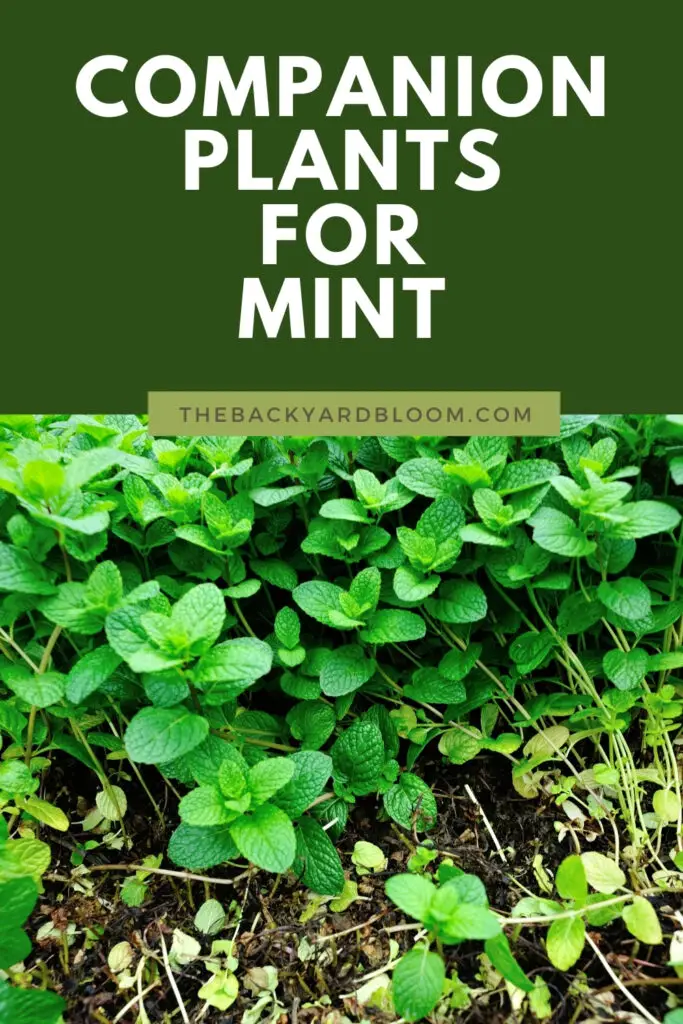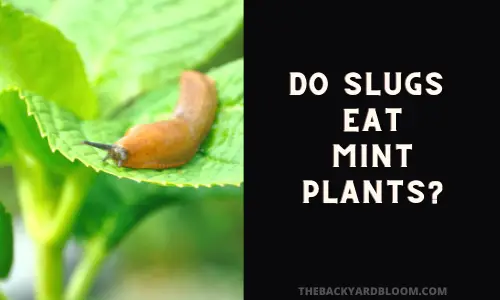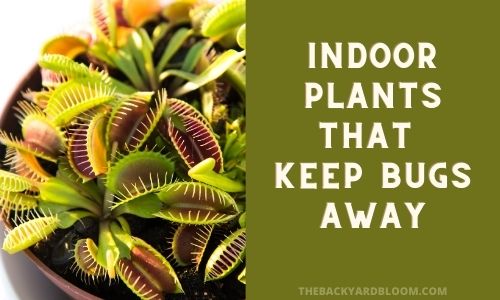Please note that this post may contain affiliate links. You can read my full affiliate disclosure at the bottom of the page.
Using mint in your garden for companion planting can provide great benefits. Mint can be very invasive and will easily take over an area quickly. Due to this people often wonder if you can use mint as a companion plant. The good news is that you can. When growing mint in your garden it is best to try to grow your mint in a pot as opposed to letting it grow freely in the ground. In this article, we go over good companion plants for mint and what not to plant with mint.
Using Mint As Pest Control In The Garden
Contrary to what is seen on some websites about companion planting with mint, mint does not repel aphids, flea beetles, or spider mites. In fact, mint can attract all of these, and they can be quite a nuisance on mint plants.
There are insects that mint does repel though. Due to its aromatic leaves, mint can keep some insects away, and it can also attract beneficial predators to harmful insects. It’s even used inside as a plant to help keep bugs away. Bugs like mosquitoes, spiders, and ants don’t like the smell of mint plants.
Related Reading: Do Slugs Eat Mint Plants?
Another way that mint can help with its aromatic smell is that it can mask the scent of other crops in your garden. Many pests locate crops by smell, so if you are able to throw that sense off the predators can’t find your crops.
Good Companion Plants For Mint and Mint Companion Herbs
- Beans
- Beets
- Bok Choy
- Broccoli
- Brussels Sprouts
- Cabbage
- Carrots
- Cauliflower
- Cilantro
- Eggplant
- Kale
- Lettuce
- Peas
- Peppers
- Potatoes
- Marigolds
- Squash
- Sunflowers
- Swiss Chard
- Tomatoes
- Zucchini
Bok Choy is a good companion plant with mint because mint can help repel many of the pests that Bok Choy is susceptible to.
Carrots can benefit from mint helping repel the carrot root fly. This pest is one that finds crops by scent so mint around your carrot crop can help keep them away from growing carrots.
Cauliflower is a good companion crop with mint. Mint helps keep harmful bugs off your cauliflower.
Corn can be damaged by pests other than insects, like deer. Mint has been known to help keep deer away. So you can always use a row of mint in a pot to keep these pests away from your growing corn.
Squash and Zucchini benefit from the beneficial predatory insects that Mint will bring to the garden. These predatory insects will eat pests like squash bugs.
Lettuce can benefit from being a companion plant for mint. Lettuce can easily be damaged by slugs, mint will help keep slugs off your growing lettuce.
What Not To Plant With Mint In The Garden
- Basil
- Chamomile
- Cucumbers
- Oregano
- Parsley
- Rosemary
- Strawberries
Chamomile can prevent mint that is growing nearby from producing the oil that helps mint have its well-known scent. This could also harm other plants nearby if you are using the mint as a companion plant to ward off pests since its scent is affected.
Strawberry Plants are vulnerable to verticillium, and planting mint as a companion plant for strawberries can add to the risk of your strawberry plant getting verticillium.
Oregano and Rosemary both like different soil and water conditions than mint. If planting these near mint keep them in a separate container so you can control the moisture for each plant better.
Frequently Asked Questions About Mint as a Companion Plant:
Yes, there are some herbs mint can be planted with but there are quite a few that it should not be planted with. Oregano, rosemary, and lavender all need different growing conditions than mint so they should not be planted next to each other. Chamomile can inhibit mint from producing oil that is essential for the scent a mint plant has. Cilantro on the other hand grows well with mint.
Other Companion Planting Crops You May Be Interested In:
- Companion Plants for Oregano
- Companion Plants for Chamomile
- Companion Plants for Lavender
- Companion Plants for Garlic
- Companion Plant for Basil
Related Articles:



